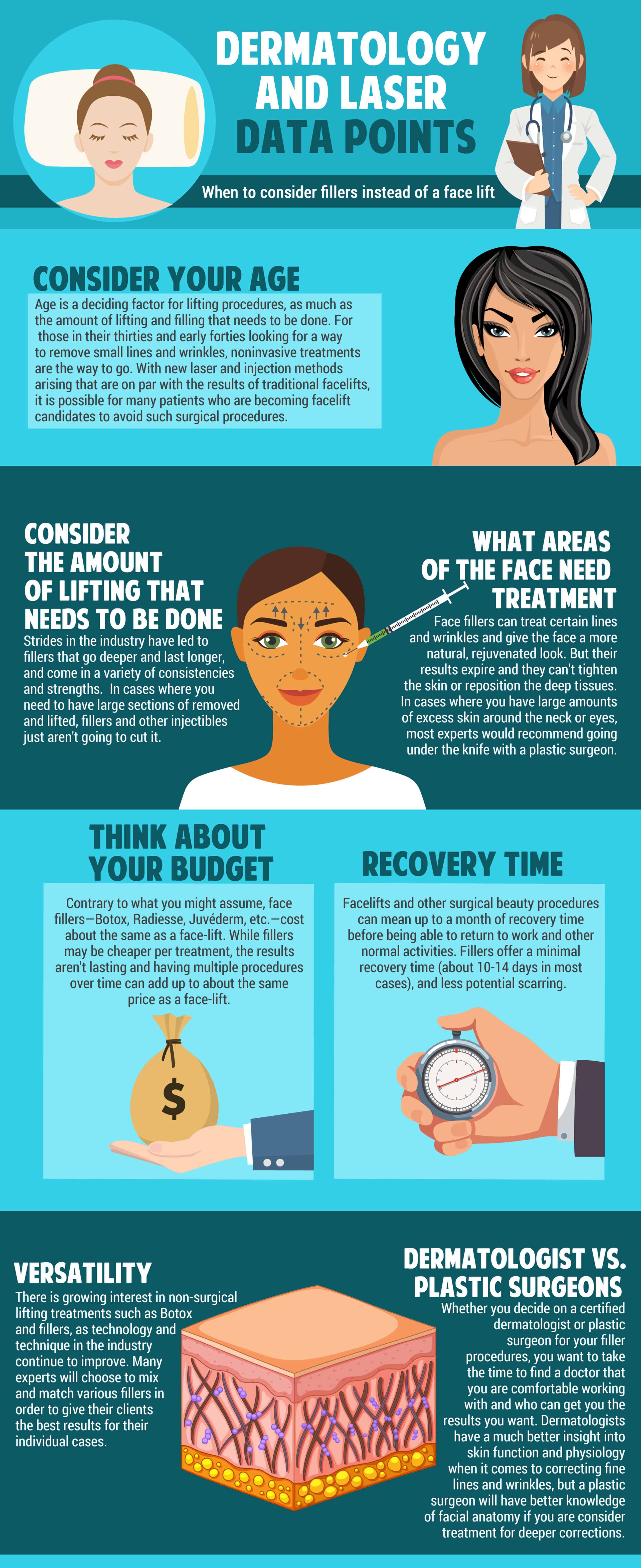Extraordinary Modifications In Your Youngster'S Habits May Signify Vision Issues; Uncover The Indications That Necessitate An Eye Examination And Guarantee Their Healthy Growth
Extraordinary Modifications In Your Youngster'S Habits May Signify Vision Issues; Uncover The Indications That Necessitate An Eye Examination And Guarantee Their Healthy Growth
Blog Article
Staff Writer-Borup Waddell
As a moms and dad, you play an important duty in your youngster's wellness, particularly when it concerns their vision. You might observe particular habits that could signal a requirement for an eye test. Squinting, regular eye rubbing, or grievances of frustrations can be more than just minor aggravations. Recognizing these signs is important for your child's advancement. So, what should you search for next? Let's discover the typical symptoms that might indicate a vision problem.
Common Signs of Vision Troubles in Children
When you observe your child battling with day-to-day activities, maybe an indicator of vision problems.
Search for symptoms like scrunching up your eyes, scrubing their eyes often, or tilting their head to see better. If they have actually trouble analysis or appear to lose their area commonly, that's one more indicator.
You might likewise see them whining about headaches or experiencing eye pressure after extended periods of analysis or using displays.
In addition, if your child stays clear of tasks that call for good vision, like sports or attracting, it's worth taking note of.
Expect any kind of uncommon habits, as these indications can indicate underlying vision problems that require professional examination.
Early detection can make a huge distinction in their aesthetic development.
Age-Specific Vision Milestones to Display
Every parent needs to keep an eye on their youngster's vision development as they grow.
At around 6 months, your baby needs to begin tracking relocating items. By age 1, they should have the ability to concentrate on and identify acquainted faces.
In between 2 and 3 years, look for enhancements in hand-eye coordination, like stacking blocks or throwing a ball.
By age 4, children ought to be able to identify forms and shades, and they might begin to acknowledge letters.
If your youngster fights with these landmarks, it's necessary to take note. Checking their progress aids you catch potential issues early, ensuring they receive the vision treatment they require for an intense future.
Stay positive regarding their vision health!
When to Set Up an Eye Test for Your Youngster
Monitoring your child's vision growth is important, yet recognizing when to set up an eye examination is just as important. The American Academy of Ophthalmology recommends your kid have their initial eye examination at 6 months old.
Afterwards, schedule follow-ups at age three and again before they begin college. If your kid reveals signs of vision issues-- like scrunching up your eyes, problem reading, or frustrations-- do not await the next set up visit.
Additionally, if there's a family history of eye problems, aggressive examinations are important. Watch on Children's Eyeglasses in their vision or habits, and trust your impulses.
Normal check-ups can assist catch possible concerns early, guaranteeing your child has the most effective possibility for healthy sight.
Verdict
In conclusion, staying alert to your kid's visual practices is necessary for their eye health. If DFW Polarized Kids Glasses observe any type of indications like squinting, eye rubbing, or trouble with reading, do not be reluctant to schedule an eye examination. Bear in mind, early detection can make a substantial distinction in their visual development. Trust your reactions as a moms and dad, and guarantee your child obtains the treatment they require to thrive. Normal examinations can aid keep their eyes healthy and balanced for several years to find.
